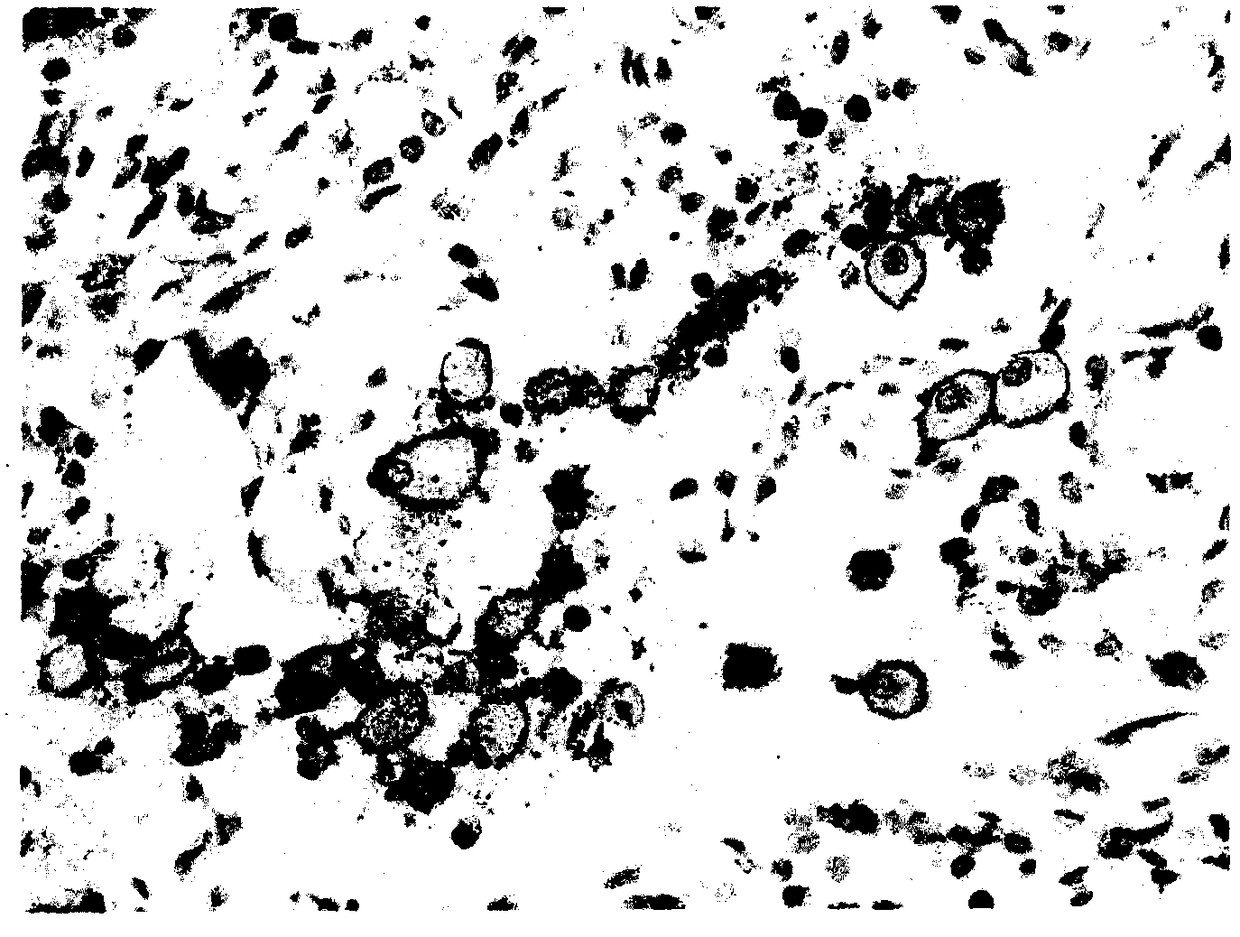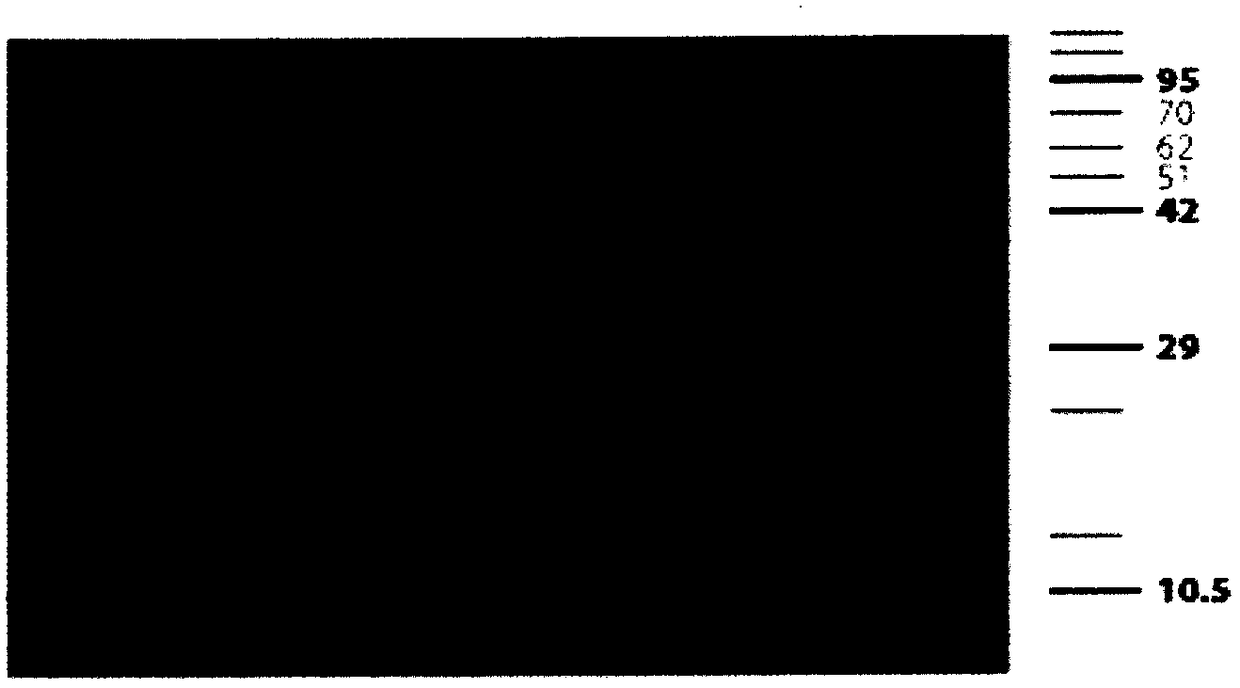Mouse anti-human TIM3 (T cell immunoglobulin domain and mucin domain protein 3) monoclonal antibody and immunohistochemical application thereof
A monoclonal antibody, immunohistochemical technology, applied in the field of immunology, to achieve the effect of improving specificity and reliability
- Summary
- Abstract
- Description
- Claims
- Application Information
AI Technical Summary
Problems solved by technology
Method used
Image
Examples
Embodiment 1
[0024] Embodiment 1 Preparation of anti-TIM3 monoclonal antibody
[0025] 1. Construction of TIM3 recombinant expression plasmid
[0026] According to the TIM3 gene (Uniprot-Q8TDQ0) reported by uniprot, the complete sequence of the TIM3 gene was obtained by ordering gene synthesis, and restriction sites NheI and XhoI were introduced at both ends of the sequence, and then cloned into the expression vectors pDB-His-GST and pDB respectively -His-MBP plasmid, to establish T3-pDB-GST and T3-pDB-MBP recombinant expression plasmids, which are used to immunize experimental animals and screen positive clones by ELISA respectively.
[0027] 2. Expression and purification of TIM3 recombinant protein
[0028] 1. Transformation of BL21 DE3 Star Competent Cells
[0029] Use the T3-pDB-GST and T3-pDB-MBP plasmids constructed above to transform into BL21 DE3 Star competent cells respectively, pre-culture to obtain 250ml bacterial liquid, and further add the pre-culture liquid to 6L LB conta...
Embodiment 2
[0042] Example 2 Immunohistochemical experiments using the monoclonal antibody of the present invention as the primary antibody
[0043] 1. Sampling 24 different types of cancer tissues to make tissue microarrays, and slice them with a Leica RM2235 tissue slicer with a thickness of 4 μm;
[0044] 2. Use the Leica BondMax immunohistochemical automatic staining machine to carry out immunohistochemical staining test on the antibody of the present invention, using the dewaxing and hydration conditions that come with the machine. The specific steps are: incubate at 60°C for 30 minutes, and wash with Leica's dewaxing solution for 3 all over. For antigen retrieval, Leica's Antigen Retrieval Solution 2 (ER2) was used and incubated at 100°C for 20 min. The antibody of the present invention was used as the primary antibody, which was diluted with Leica antibody diluent to a final concentration of 0.2 μg / ml. 150μl antibody was incubated at room temperature for 30min. Use 150 μl of Lei...
Embodiment 3
[0047] Embodiment 3 Specific detection of monoclonal antibody of the present invention
[0048] No positive band can be seen in the detection of non-transfected CHO-K1 cells by using the antibody of the present invention.
[0049] The antibody of the present invention was used to detect the 96-well plate (Her-2) pre-coated with irrelevant antigens by ELISA, and the result was negative.
PUM
| Property | Measurement | Unit |
|---|---|---|
| thickness | aaaaa | aaaaa |
Abstract
Description
Claims
Application Information
 Login to View More
Login to View More - R&D
- Intellectual Property
- Life Sciences
- Materials
- Tech Scout
- Unparalleled Data Quality
- Higher Quality Content
- 60% Fewer Hallucinations
Browse by: Latest US Patents, China's latest patents, Technical Efficacy Thesaurus, Application Domain, Technology Topic, Popular Technical Reports.
© 2025 PatSnap. All rights reserved.Legal|Privacy policy|Modern Slavery Act Transparency Statement|Sitemap|About US| Contact US: help@patsnap.com



